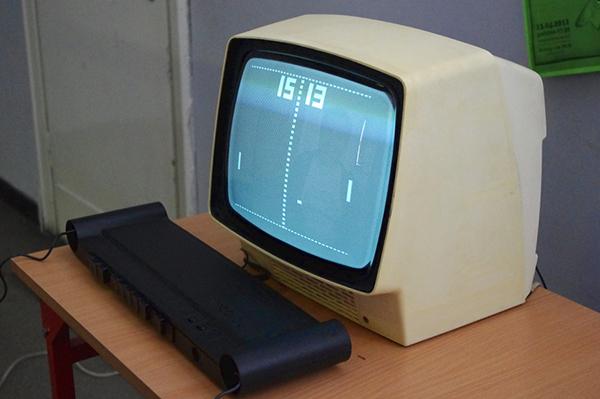One of the first video games invented was “Pong,” a ping-pong simulator where two players played in a head-to-head competition. From the very beginning, video games not only had a competitive aspect but a communal value.
Video games, at their core, are about the shared experiences between family and friends. Many after-school afternoons were spent on the Nintendo 64 and Playstation One battling against friends. “Super Smash Bros” took that notion and ran with it, creating chaotic memorable experiences in front of the television.
Some of these experiences are slowly going extinct. With the rise of online gaming, connectivity and interaction should grow stronger, but, ironically, it is leading to a climate in which localized gaming is becoming nonexistent.
Split-screen, once a requirement to even have multiplayer, is becoming a rarity among video games. The ability to play with strangers across the world, but not your own sibling in the same room is a bizarre concept. Once there was a time when friends would hang out and play games. Now the option rarely exists. Friends might as well stay home because there’s a better chance they could play online.
In an increasingly digital world, physical interaction and connection is lost. Players won’t have the same experiences or memories. They’ll be alone in a room playing against others who are miles away. Even video games that promote cooperation, like “Destiny” or “Evolve,” lack localized multiplayer. Play can occur with complete strangers, but not with family – not unless there are two consoles.
Why aren’t there more local multiplayer games on the market? Developers have insisted split screen gaming uses too much of the console’s memory and takes time to implement. Analysts have pointed out local multiplayer as a fading fad, but none of these reasons account for the lack of options. If someone wants to play with someone in the same room, they should have the option to do so. Anything less is restrictive.
In the modern landscape of the video game industry, Nintendo seems to be one of the last publishers to hold onto this bygone era of local multiplayer. Fittingly, many of their games for the Wii U and 3DS, like “Super Smash Bros,” incorporate local multiplayer elements. With Wii controllers and the Wii U gamepad, Nintendo offers different options for people to play together.
While connectivity with others will always remain a staple of the video game industry, physical interaction is becoming increasingly limited. The dark side of online gaming is that future generations won’t have those same experiences of hanging out with friends. The loss of split screen limits the player’s options, which is never a good thing.









